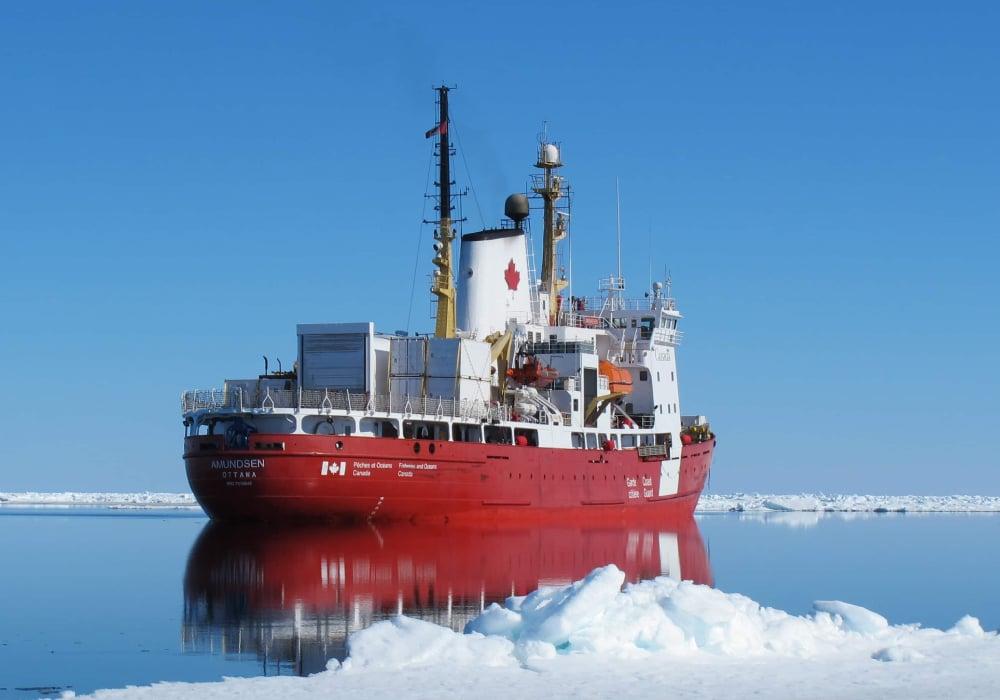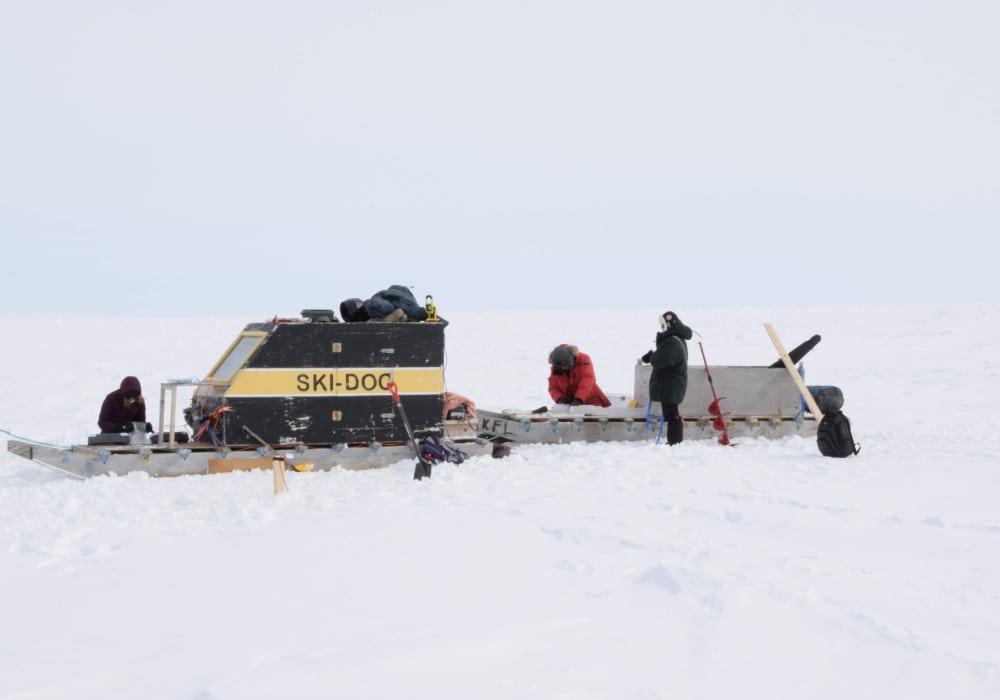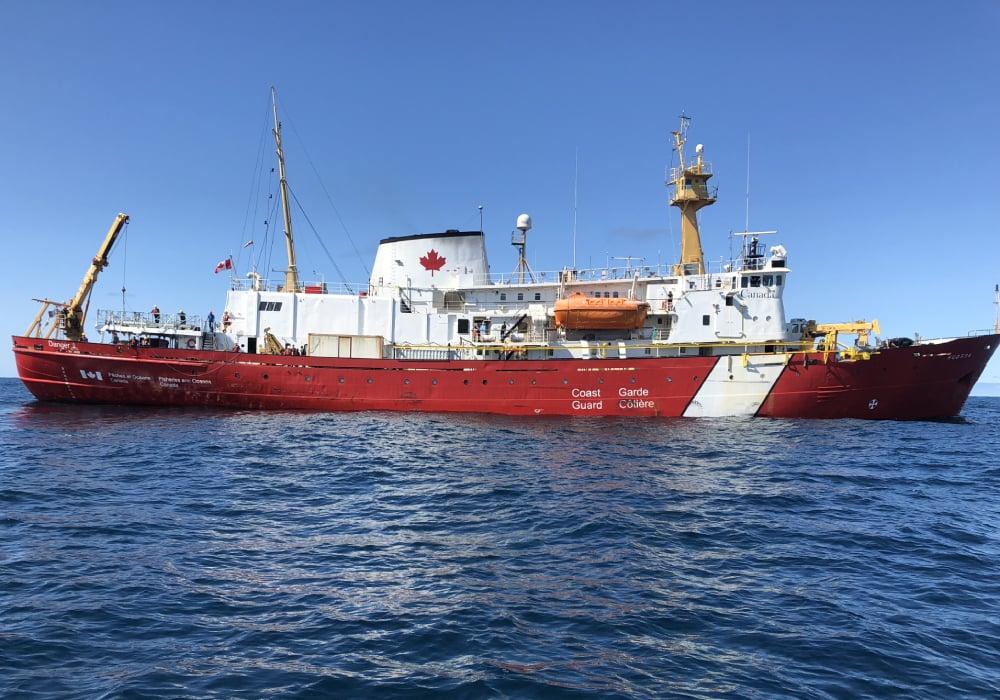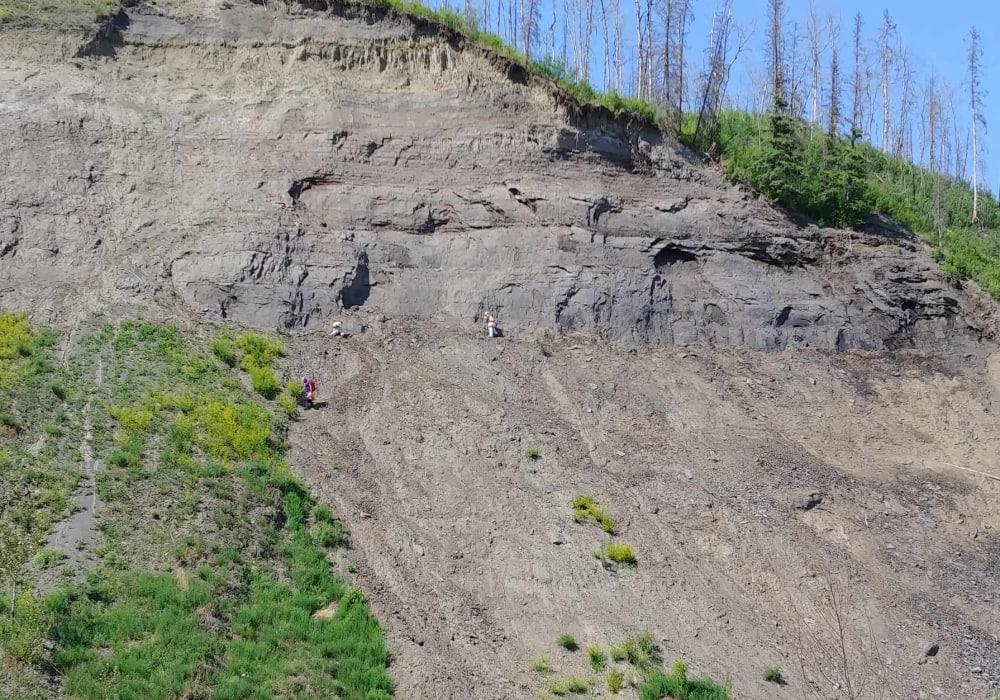Geomicrobiology (Hubert Lab) Research
Microbiology for Oil Spill Preparedness in Canada’s Arctic Marine Environment
Marine microorganisms are nature’s ‘emergency first responders’ in the event of an oil spill or other pollution event. Considerable insight has been gained following the 2010 Deepwater Horizon oil spill in the Gulf of Mexico, where microbiologists studied the spill and its aftermath extensively using a suite of microbiological and geochemical tools. This advanced our knowledge considerably about microbial diversity and potential for biodegradation at low temperatures like 4°C in the deep water where that oil release occurred. But do microbes in the Canadian Arctic play by the same rules? Are the same or similar microbes found there, where it is even colder (below 0°C) and where sea ice represents an additional environmental factor?

Microbial Dormancy and the Rare Biosphere
The Geomicrobiology Group studies the rare biosphere, including dormant thermophilic endospores in the ocean, oil-degrading bacteria in pristine aquatic environments, and halophilic bacteria in seawater. Dormant ‘thermospores’ are studied as models for understanding passive dispersal and biogeography in relation to geofluids and the marine deep biosphere. We are also interested in how oil-degrading bacteria and halophiles that are numerically in the marine environment, get recruited in response to environmental change, such as an oil spill or the formation of sea ice brine channels in the Arctic Ocean during winter months.

Marine Microbial Biodiversity and Hydrocarbon Seep Detection
Marine hydrocarbon seeps represent hotspots of biodiversity. We are investigating microbial biodiversity at deep sea hydrocarbon seeps, where oil-degrading bacteria occur naturally, feeding on the steady supply of hydrocarbons from the subsurface, and where bacteria originally living in the subsurface may be being transported upward out of warm anoxic layers into the cold bottom water. Regions of hydrocarbon seepage are of interest to the oil and gas industry for exploration. By conducting microbial biodiversity surveys in these regions, environmental baselines are generated in parts of the ocean that are being contemplated for future industrial activity, using new sensitive DNA sequencing technology targeting the marine microbiome that is poised to respond to any environmental perturbation.

Challenges and Opportunities in Petroleum Microbiology
Oil reservoirs are microbial habitats, and the microbiome in these settings has the potential to catalyse detrimental effects such as souring and corrosion, or beneficial applications such as microbially-enhanced oil recovery. By understanding the reservoir microbiome, these challenges and opportunities can be assessed. Tight shale reservoirs represent a new source of oil and gas production that has accelerated in recent years; whether or not well-known microbiological problems and their control measures, including microbiological solutions like nitrate injection, will be effective in the extreme (high temperature, high salt) environments in unconventional shale oil fields is a topic of ongoing investigation.

